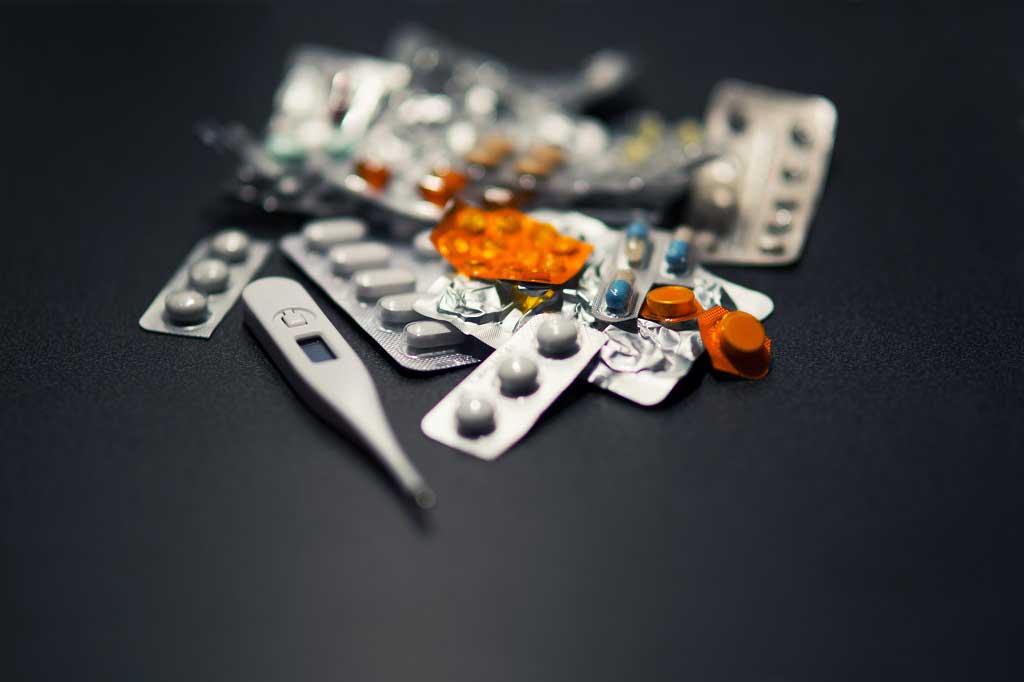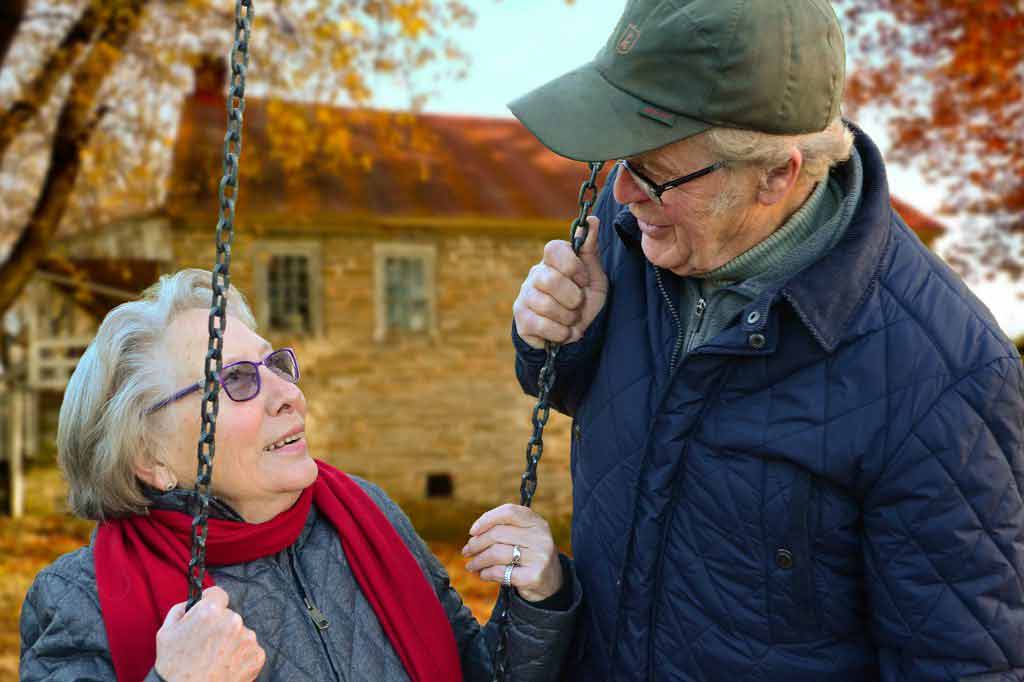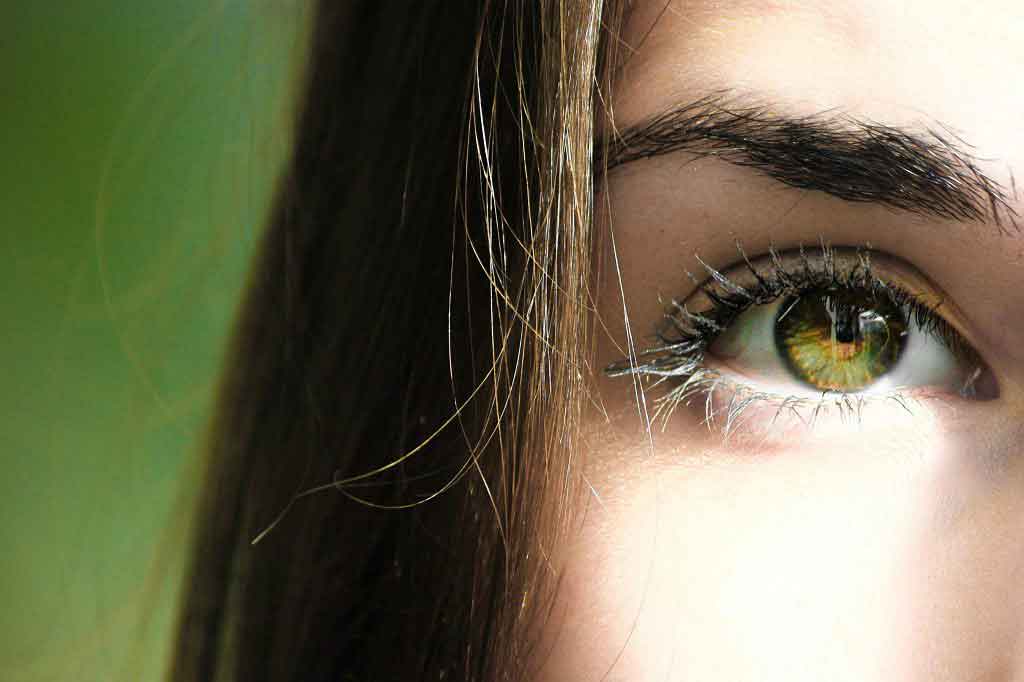Scientists look into regenerating retinal cells
Genetics and stem cells
“Scientists … have discovered stem cells in the human eye which can be transformed into light-sensitive cells and potentially reverse blindness,” The Daily Telegraph reports. While this story is an accurate summary, the research is still at a very early stage, but does show potential...
"Scientists … have discovered stem cells in the human eye which can be transformed into light-sensitive cells and potentially reverse blindness," The Daily Telegraph reports.
While this story is an accurate summary, the research is still at a very early stage, but does show potential.
The cells in question are called limbal neurosphere (LNS cells) and are located at the front of the eye. Unlike standard stem cells, these LNS cells have already started to become specialised eye cells. This new research has found that they may still have the ability to become different types of retinal cells.
Many common causes of blindness, such as macular degeneration, occur when retinal cells are damaged, so the ability to grow new retinal cells would be groundbreaking.
In the experiments, adult mouse LNS cells transplanted on to the retina of newborn mice were able to develop into mature light-detecting (photoreceptor) cells. However, they were not able to integrate into the retina. Human LNS cells showed some signs of developing into retinal cells in the laboratory, but they did not develop into mature cells. They survived when transplanted on to mice retina, but did not develop into retinal cells.
These rather significant hurdles need overcoming before any cure for human blindness becomes possible.
Where did the story come from?
The study was carried out by researchers from the University of Southampton, University Hospital Southampton NHS Foundation Trust and the University of Bristol. It was funded by the National Eye Research Centre, T.F.C. Frost Charity, Rosetrees Trust, the Gift of Sight Appeal and the Brian Mercer Charitable Trust.
The study was published in the peer-reviewed journal PLOS One. PLOS One is an open access journal, so the study is free to read online.
The UK media glossed over the preliminary nature of this study. They also didn't explain that the researchers were unable to get the human cells to grow into mature photoreceptor cells in either the laboratory or mouse settings.
What kind of research was this?
This study involved laboratory experiments using human and mouse eye tissues, and trials in mice. The researchers wanted to investigate progenitor cells (cells that can develop into one or more kinds of cells) called LNS cells. They aimed to see if mouse and human LNS would develop into retinal cells in the laboratory setting and in mice.
The light-sensory nerve cells (photoreceptors) in the retina cannot regenerate in humans once damaged. This means that currently the only option to fix this damage is to use a donor retina, and the availability of donations is limited. There is also the risk of an individual’s immune system rejecting the donation. Researchers wanted to find a way to take stem cells or cells at the next stage of development (progenitor cells) and use these to develop into any of the cells required to repair the retina – such as photoreceptors. Taking these cells and transplanting them back into the same person would prevent the rejection problems that are seen when a donor retina is used.
What did the research involve?
The researchers took limbal tissue (the border between the transparent cornea and opaque sclera) from donated human eyes from adults up to the age of 97, and mice. They extracted LNS cells from them and cultured (grew) them in the laboratory in different conditions, to encourage the cells to develop into mature retinal cells. This included growing them with retinal cells from newborn mice. They assessed whether the LNS cells started to look like retinal cells and express genes, and whether they produced proteins (“markers”) that are typically seen in mature light-sensing retinal cells.
The researchers then transplanted adult mouse LNS cells into the retina of newborn mice, and looked to see whether these cells developed into mature retinal cells. They then repeated this experiment, transplanting human LNS cells into the retinas of newborn mice.
What were the basic results?
At least some of the mouse LNS cells showed markers that indicated they appeared to have developed into mature light-sensing retinal cells in the laboratory. When transplanted into newborn mice, the cells produced markers that indicated they had developed into photoreceptor cells, but they did not integrate into – that is, become part of – the retina.
Human-donated LNS grown in the lab with retinal cells from newborn mice showed some signs of developing into retinal cells in the laboratory, but did not produce the mature photoreceptor cell markers. Human-donated LNS cultured with human-donated foetal retinal cells from week seven to eight did not show signs of developing into retinal tissue.
Human LNS transplanted into newborn mice’s retinas survived for up to 25 days, but did not develop into retinal-like cells, including photoreceptors.
How did the researchers interpret the results?
The researchers suggest that the human LNS cells were not able to develop into mature retinal cells because there may be a more complex regulatory mechanism in humans than mice. However, they concluded that “as a readily accessible progenitor cell resource that can be derived from individuals up to 97 years of age, LNS cells remain an attractive cell resource for the development of novel therapeutic approaches for degenerative retinal diseases”.
Conclusion
This early-stage research has found that LNS cells can be accessed from donated human eyes up to the age of 97. The mouse versions of these cells appear to retain the ability to develop into mature light-sensing retinal cells. However, the researchers have not yet worked out the conditions necessary for human LNS cells to fully develop into mature retinal cells or to integrate with the retina, which would repair it.
If they are able to achieve the necessary conditions for human LNS cells, then people with retinal damage could potentially have the cells taken from the front part of their eye and transplanted on to the retina to repair and regrow photoreceptors. This would remove the need to find a suitable donor, as well as preventing the problems seen with transplant rejections.
However, this is likely to require a lot more research, with the reality a long way off, even if the research proves successful.






 Subscribe
Subscribe Ask the doctor
Ask the doctor Rate this article
Rate this article Find products
Find products







